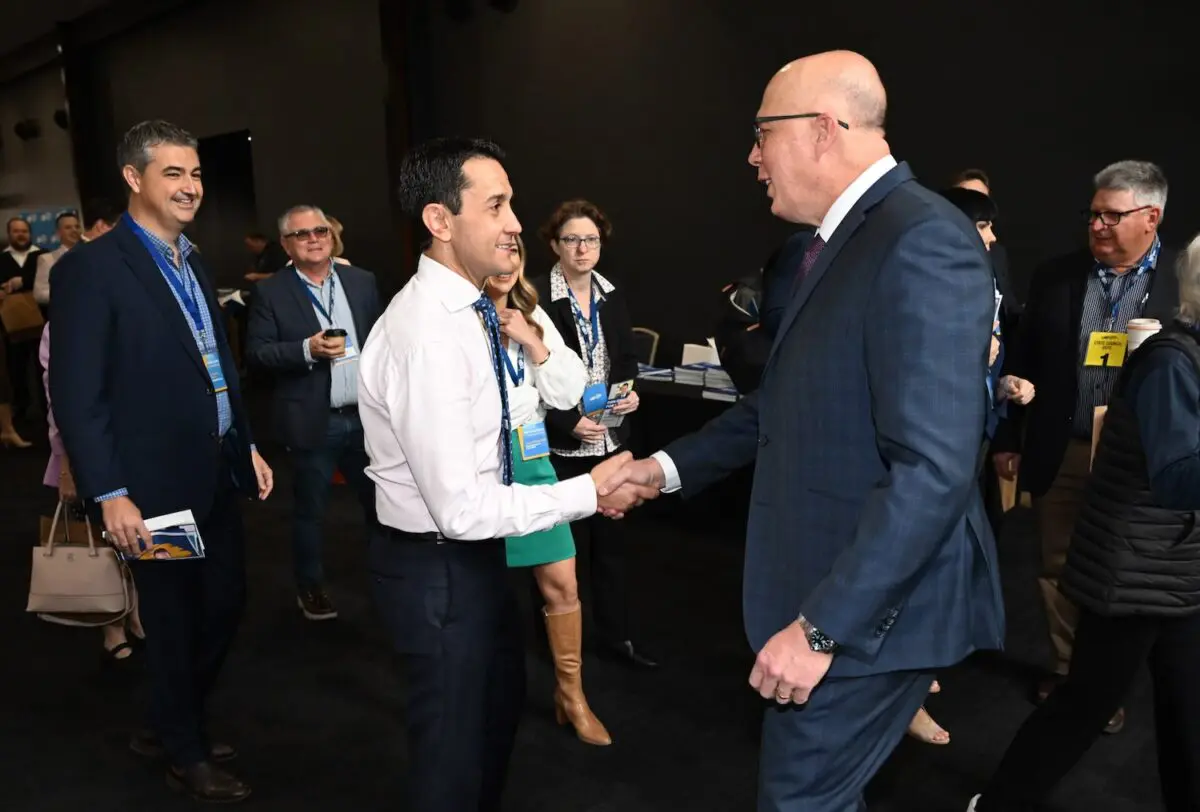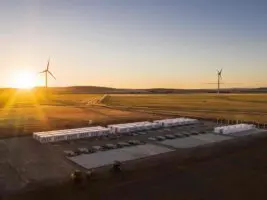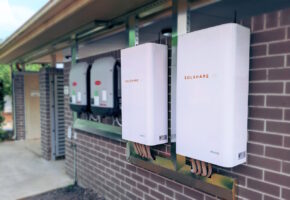Queensland’s major parties are diverging on energy policy ahead of the October election, with opposition leader David Crisafulli rejecting the state’s renewable energy targets.
The state opposition may also rule out the construction of new wind power, despite a number of gigawatt-scale wind projects planned for the state, particularly in the north.
The new policy position was outlined in front of a 1,000-head community meeting this week and means that the state Liberal National Party will support a 2050 net zero emissions target, but not the legislated renewable energy targets of 50% by 2030, 70% by 2032 and 80% by 2035.
Queensland is rapidly playing catch up to the rest of the country, and remains the state with the heaviest dependence on coal fired generators (nearly 70 per cent over the last year) and the lowest share of renewables.
But it does have a number of large wind, solar and battery projects in construction and commissioning. Its wind resource is also valued, if undeveloped, because wind conditions are often strong in north Queensland when they are weak elsewhere.
The previous head of the state LNP, Deb Frecklington, had indicated that her party supported the energy targets, but not their legislation. But now, with a state election due next month, the new leader Crisafulli appears to be taking the party in a new direction – one that also doesn’t include wind power.
“We’re committed to emissions reduction target, and that starts with net zero at 2050 and it starts with making sure we meet those targets,” Crisafulli told the Queensland Community Alliance’s Maroonprint Assembly on Tuesday evening.
“We didn’t sign up to the renewables energy target set by the state, because we don’t believe there’s a credible path to get there. We have a plan that revolves around solar, pumped hydro.”
And in what may have been a slip of the tongue, Crisafulli told the community meeting he was “committed to finding a way to reduce our renewable energy”, according to a recording of the event sent to Renew Economy.
Crisafulli says the Queensland Liberals have a plan to reduce energy emissions and continue to add more renewables to the electricity system, but he did not outline what that will look like.
In June, he was still ruling out changing the state’s ban on nuclear power, despite the big push for nuclear by the federal Coalition, driven mostly by the federal Coalition’s Queensland-based LNP members, including Peter Dutton and Ted O’Brien.
Renew Economy is seeking further comment from the Queensland Liberals.
The change of direction is worrying Stephanie Gray, campaigner at the Queensland Conservation Council, who says the people who will be hurt by any new culture ways over climate and energy are communities.
Her concern is that if a Liberal government ditches the legislated targets, Queensland won’t be able to secure the scale of investment needed to meet energy transition needs, and the coal closure schedule will be delayed.
Under an updated roadmap issued by Annastacia Palaszczuk in 2023, Queensland’s grid is set to be coal-free by 2037.
“What we’ve seen right across the country, the climate and energy wars has meant that policy has been delayed and we’ve seen worse outcomes for communities in higher power bills and uncertainty about what projects will be in their region,” Grey told Renew Economy.
“We really want to see the Queensland LNP strongly commit to the current renewable energy targets, mostly the 80% by 2035, and deliver a plan to reach those targets before the election so we know, and the industry and communities have certainty around where we’re heading as a state.”
$116 million for social housing energy upgrades
Crisafulli’s new direction for Queensland came as the Labor government cemented its commitment to the energy transition, at the same event committing $116 million of state and federal money to energy performance upgrades for social housing.
The cash splash will pay for upgrades to about 28,000 publicly owned homes and 4000 community-owned homes, with the ultimate goal of bringing down power bills for their tenants.
These will include thermal shell improvements, air cooling solutions and ceiling fans, in addition to solar PV, energy-efficient hot water systems, and fixed appliance upgrades.
“Social housing tenants are least able to afford energy efficiency upgrades and yet most affected by energy costs,” said climate change and energy assistant minister Josh Wilson.
In its 2024 budget, the state government used its latest resources windfall to give Queensland households a $1000 energy rebate.
Queensland energy minister Mick de Brenni says his government is “leading the clean energy revolution” by shifting focus to the energy efficiency of homes lived in by the most vulnerable.
Grey was effusive about the new funding for social housing energy upgrades, as it falls into the long-neglected distributed energy space.
She would like to see the program go even further by using the unused rooftops on publicly-owned housing stock for solar PV and support that more generally with an expansion of the household battery rebate program.
The $16 million program was fully subscribed within a few months as Queenslanders rushed to buy batteries to support their significant rooftop solar capacity.










